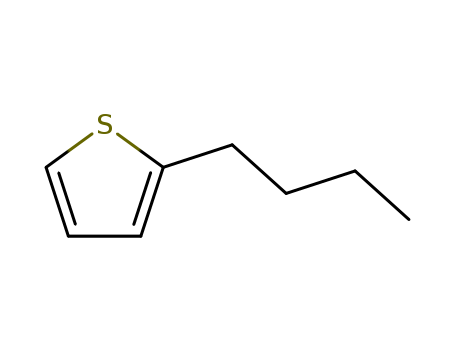10.1016/j.ica.2015.01.019
This research details the synthesis, characterization, and evaluation of six novel Pyridine Enhanced Precatalyst Preparation, Stabilization, and Initiation (PEPPSI) themed palladium N-heterocyclic carbene (Pd-NHC) complexes (2a-f) for their catalytic activity in direct arylation reactions. The purpose of the study was to create and test new Pd-NHC complexes for their efficiency in catalyzing the arylation of heteroaromatic compounds with aryl bromides. The researchers synthesized the complexes using 1,3-dialkylbenzimidazolium salts, PdCl2, and K2CO3 in 3-chloropyridine, and characterized them using elemental analysis and spectroscopic methods including FT-IR, 1H and 13C NMR. The conclusions of the study indicated that these complexes, when used as catalysts in the direct arylation of 2-n-propylthiazole, 2-n-butylthiophene, and 2-n-butylfuran with different aryl bromides at 130°C for 1 hour, exhibited high catalytic activities, suggesting their potential use in organic chemistry for the formation of aryl-aryl bonds.





